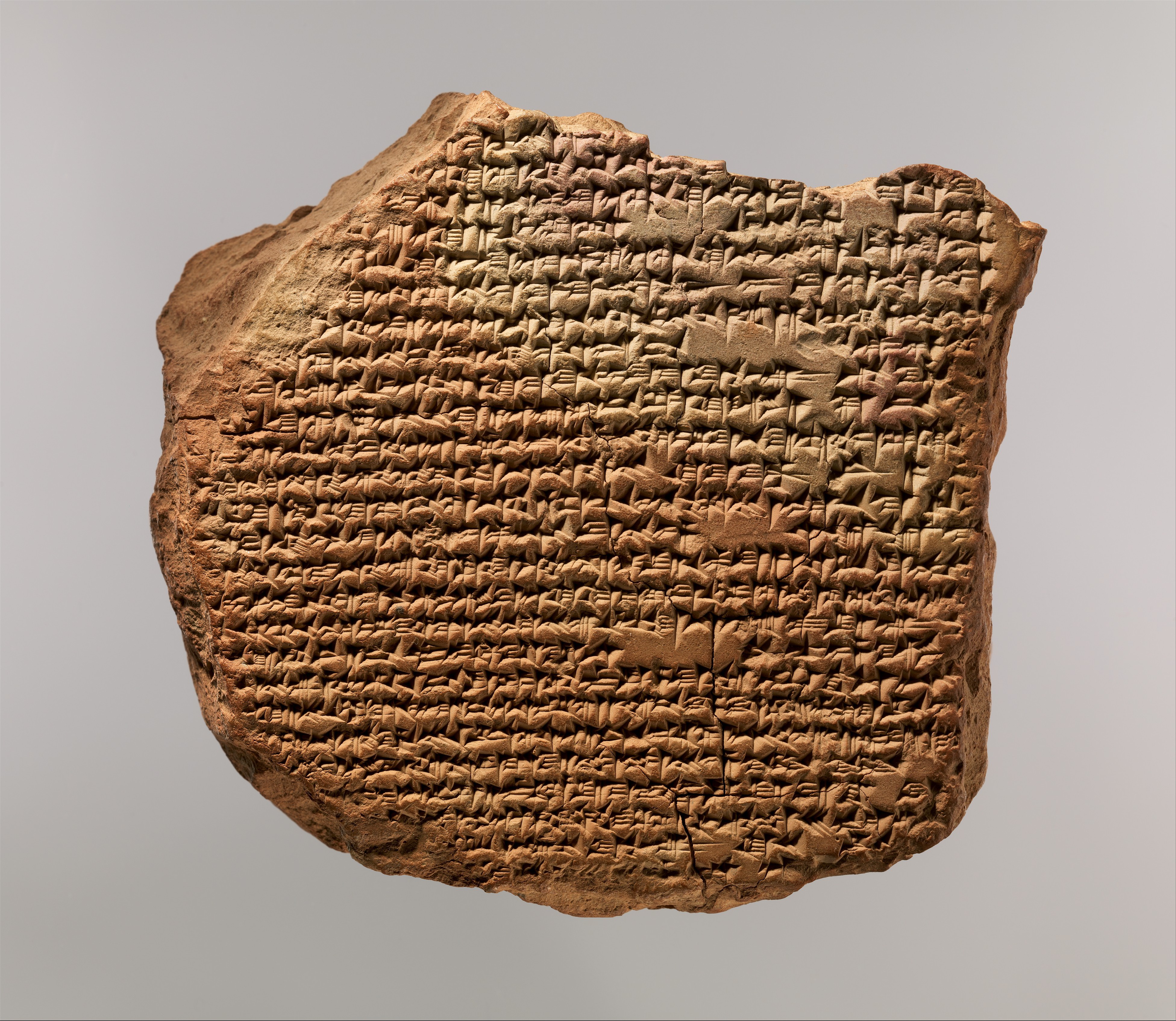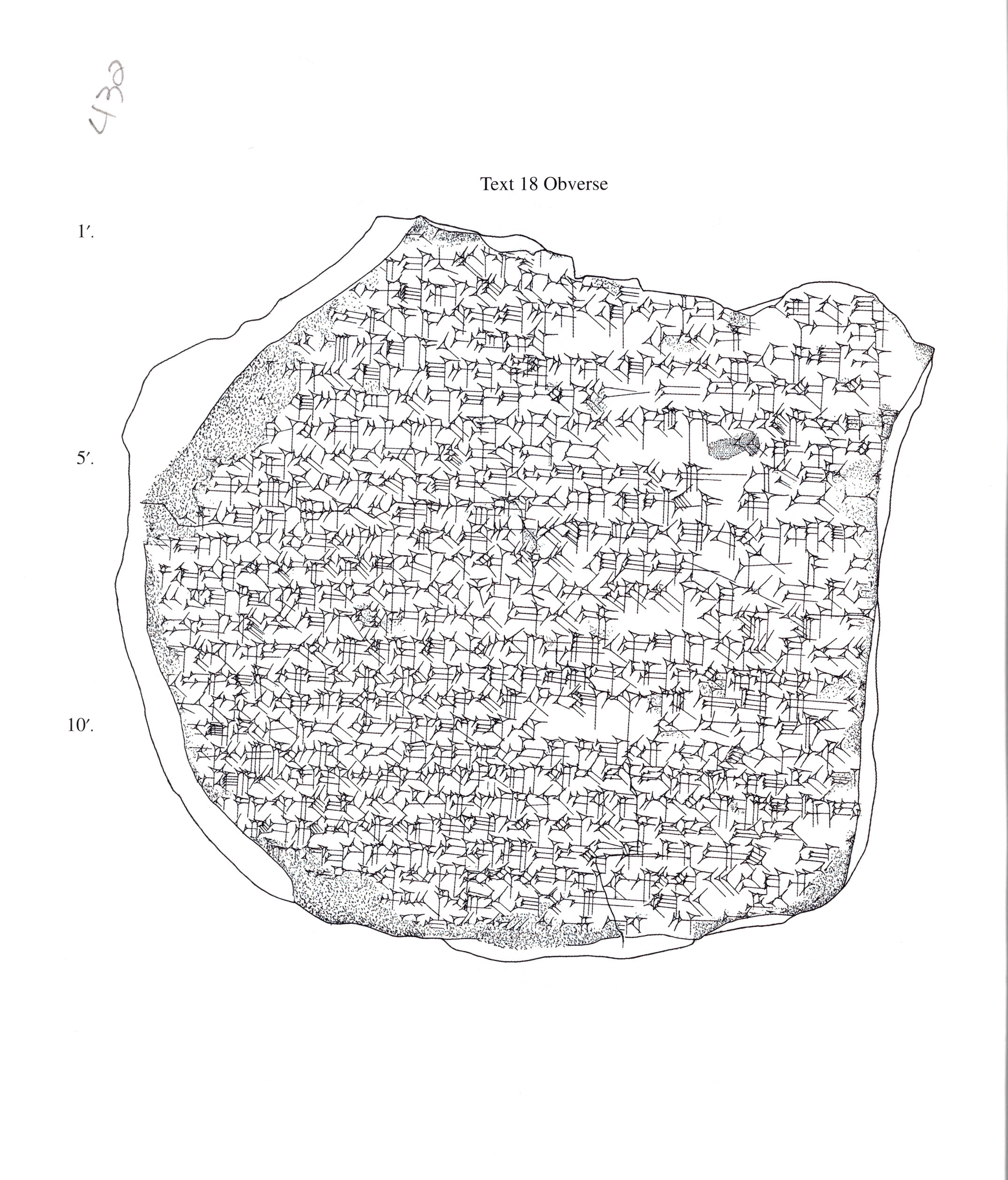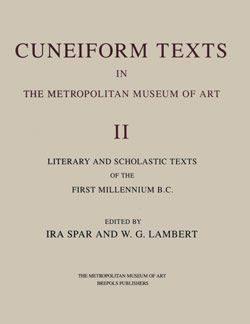Cuneiform tablet: hymn to Marduk
Not on view
The god Marduk first became an important god in the early second millennium B.C., when Babylon (under its most famous king, Hammurabi) became the capital city of a large Babylonian state. Marduk’s importance in the pantheon of gods rose with the fame of the city of Babylon, so that in later periods he was the supreme deity. This hymn celebrates Marduk as the ruler of the universe, a theme that also appears in, e.g., the great Babylonian creation epic known as Enuma Elish. One line requests that the god assigns the insignia of kingship, and it may be that this text was somehow related to or used during coronation rituals.
Neatly inscribed on a clay tablet using the cuneiform script, this hymn was written in the late 1st millennium B.C., when the antique writing system was no longer used for communication or administration purposes. The text is bilingual, alternating between lines in the long-dead Sumerian language and translations into the Akkadian language. This tablet, along with several others, most likely belongs to a library of lamentation singers who resided in Babylon. In the late 1st millennium B.C., such cultic specialists continued to use the cuneiform writing system to copy ancient literary and scientific works. Only the middle of the tablet is preserved.
Due to rights restrictions, this image cannot be enlarged, viewed at full screen, or downloaded.
This artwork is meant to be viewed from right to left. Scroll left to view more.





